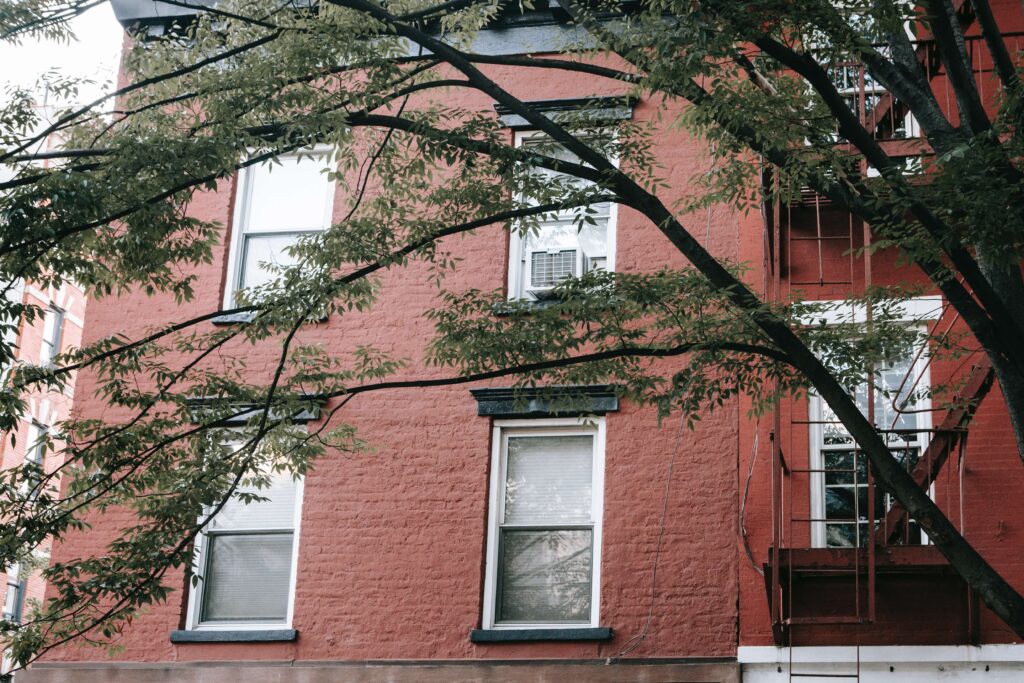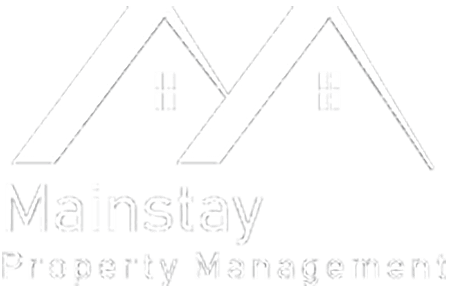Many people find investing in real estate a popular and profitable way to increase their wealth. One type of investment property that you might be considering is an apartment building. But before you make any decisions, you’ll want to consider a few essential factors. Let’s talk about the basics of investing in multifamily rental property.

Is Buying an Apartment Building a Good Investment?
The short answer? It depends. If done right, purchasing an apartment building can be a smart investment and provide consistent income for years. Before investing in a multifamily property, it is important to research and understand the risks. This will help make sure the investment is successful.
Location, Location, Location
The first thing to consider when buying an apartment building is the location.
- Is the property in a desirable area?
- Do people want to rent in this location?
Look for areas that are growing and have a stable economy. A good location will help attract and keep tenants and ensure a steady income stream.
The Condition of the Property
Another critical factor to consider is the property condition:
- Does it need repairs or renovations?
- How old is the building?
- Are the utilities up to date?
Get a thorough inspection report to identify areas that need improvement and estimate the cost of repairs. Remember that you’ll also need to factor in ongoing maintenance costs to keep the property in good condition.
Tenant Screening and Retention
The type of tenants that you’ll attract is another consideration.
- Are you targeting families or young professionals?
- What is the local rental market like?
Research the demographics in the area and choose a property based on the needs of your target market. Consider whether you want to manage the property or outsource to a property management company.
Hiring a professional management company can take much of the stress off your plate and handle tenant issues.
Financial Considerations
One of the first factors to assess is the financial feasibility of purchasing an apartment building. Consider the following:
- Initial Investment: Calculate the down payment, closing costs, and potential renovation expenses. Make sure the investment aligns with your financial capabilities.
- Cash Flow: Evaluate the potential rental income against expenses. Will the property generate positive cash flow or break even?
Legal Considerations
Finally, you’ll want to consider the legal aspects of owning an apartment building. Legal considerations include:
- Research local laws and regulations regarding property inspections, safety codes, and zoning restrictions.
- Familiarize yourself with fair housing laws to prevent discriminatory practices during tenant selection.
Pros and Cons of Buying an Apartment Building
Purchasing an apartment building comes with its own set of advantages and disadvantages. Let’s explore the pros and cons to give you a well-rounded perspective of managing multifamily properties:
Pros of Purchasing an Apartment Building:
1. Potential for Cash Flow:
Owning an apartment building can provide a consistent income stream through rental payments. With multiple units, the potential for positive cash flow is higher than single-family properties.
2. Tax Advantages:
Rental properties can help reduce your tax burden with deductions for items like:
- Mortgage interest
- Property taxes
- Repairs and renovations
3. Appreciation and Equity Buildup:
Over time, apartment buildings in desirable locations have the potential to appreciate. As property values increase, so does your equity.
4. Diversification:
Owning an apartment building diversifies your real estate portfolio. If one unit experiences a vacancy, the income from other units can help offset the loss. This diversification helps ease risks and stabilize cash flow.
5. Professional Relationships:
You’ll meet professionals like property managers, contractors, and real estate agents. These relationships can help you get advice and resources for future investments.
Cons of Purchasing an Apartment Building:

1. Higher Initial Investment:
Apartment buildings typically require a more considerable initial investment compared to single-family properties. Down payments, closing costs, and potential renovation expenses can limit entry for some investors.
2. Increased Management Responsibilities:
Managing an apartment building is more challenging than managing one house. You must deal with tenants, maintenance, and repairs for many units. It can be a lot of work, especially if you are new to it.
3. Tenant Turnover and Vacancy Risk:
Apartment buildings tend to experience more frequent tenant turnover compared to single-family properties. Vacancies can impact cash flow. To minimize the risk, you must be proactive in marketing and tenant screening efforts.
4. Financing Challenges:
Getting a loan to buy an apartment building can be more complex than a single-family home. Lenders usually want more money down and have stricter rules.
5. Market Volatility:
Real estate markets can be subject to fluctuations and economic downturns. Changes in demand, rental rates, and property values can impact profitability.
Purchasing an apartment building can be rewarding but isn’t without risk. Understanding the pros and cons will help you evaluate whether this real estate investment suits you.
How to Earn More from Buying a Multifamily Property
Value-add strategies can be a successful approach for investing in apartments. Employing such methods can increase the property’s worth, leading to greater returns for investors. Here are some common strategies to consider:
1. Renovations and Upgrades:
Investing in renovations and upgrades can increase the appeal and rental value of an apartment building. Focus on improvements that attract tenants, such as:
- Modern kitchens
- Updated bathrooms
- Energy-efficient features
- Aesthetic enhancements
2. Property Management Optimization:
Improving property management practices can lead to the following:
- Higher tenant satisfaction
- Reduced vacancies
- Increased profitability
Implement efficient systems for rent collection, maintenance requests, and tenant communication.
A well-managed property will attract quality tenants and generate positive word-of-mouth referrals.
3. Lease Restructuring:
Evaluate the current lease structure and consider implementing strategies to increase rental income. These strategies may involve:
- Adjusting rental rates to market levels
- Implementing fees for additional services or amenities
- Exploring opportunities for ancillary revenue (e.g., laundry services or storage rentals)
Renegotiating leases during lease renewals can also help capture increased rental value.
Property Owners Choose Mainstay for Multifamily Property Management in Montgomery, MD
Value-add strategies can enhance the profitability and value of your apartment investment. We at Mainstay Property Management know this from years of experience working with multifamily properties.
We specialize in helping multifamily property owners and landlords maximize their rental property returns in Montgomery, MD. Our property management includes services like:
1. Tenant Screening:
We use screening techniques to ensure tenants have the qualifications for your property.
2. Property Management:
Our team provides full-service multifamily property management to help you maximize cash flow and increase ROI.
3. Leasing Services:
Our leasing services include marketing, tenant presentations, lease negotiations, rent collection, and more. We strive to maximize your rental income and reduce vacancies.
4. Financial Reporting:
We provide detailed financial reporting to help you analyze cash flows and make informed decisions.
At Mainstay Property Management, we are financially-savvy, experts in multifamily property management and are committed to helping you succeed in Montgomery County’s rental property market. Contact us today to learn how we can help you ensure your next investment pays off.

